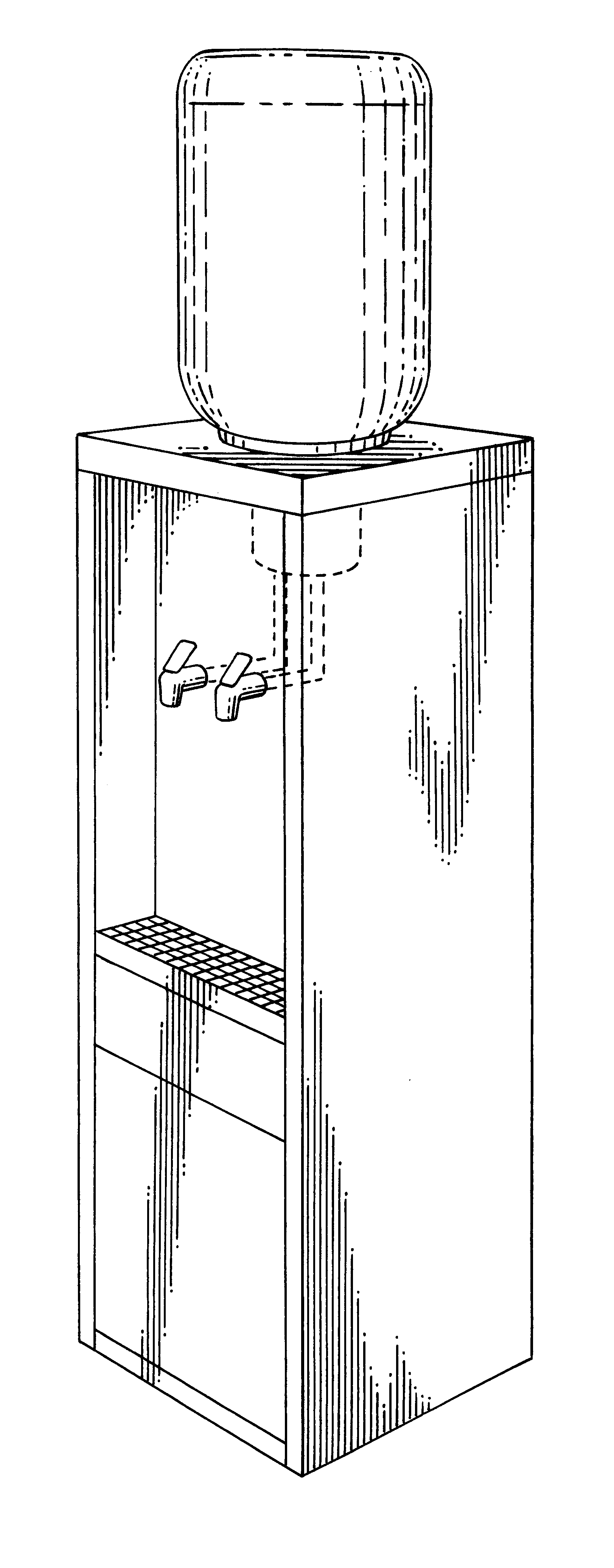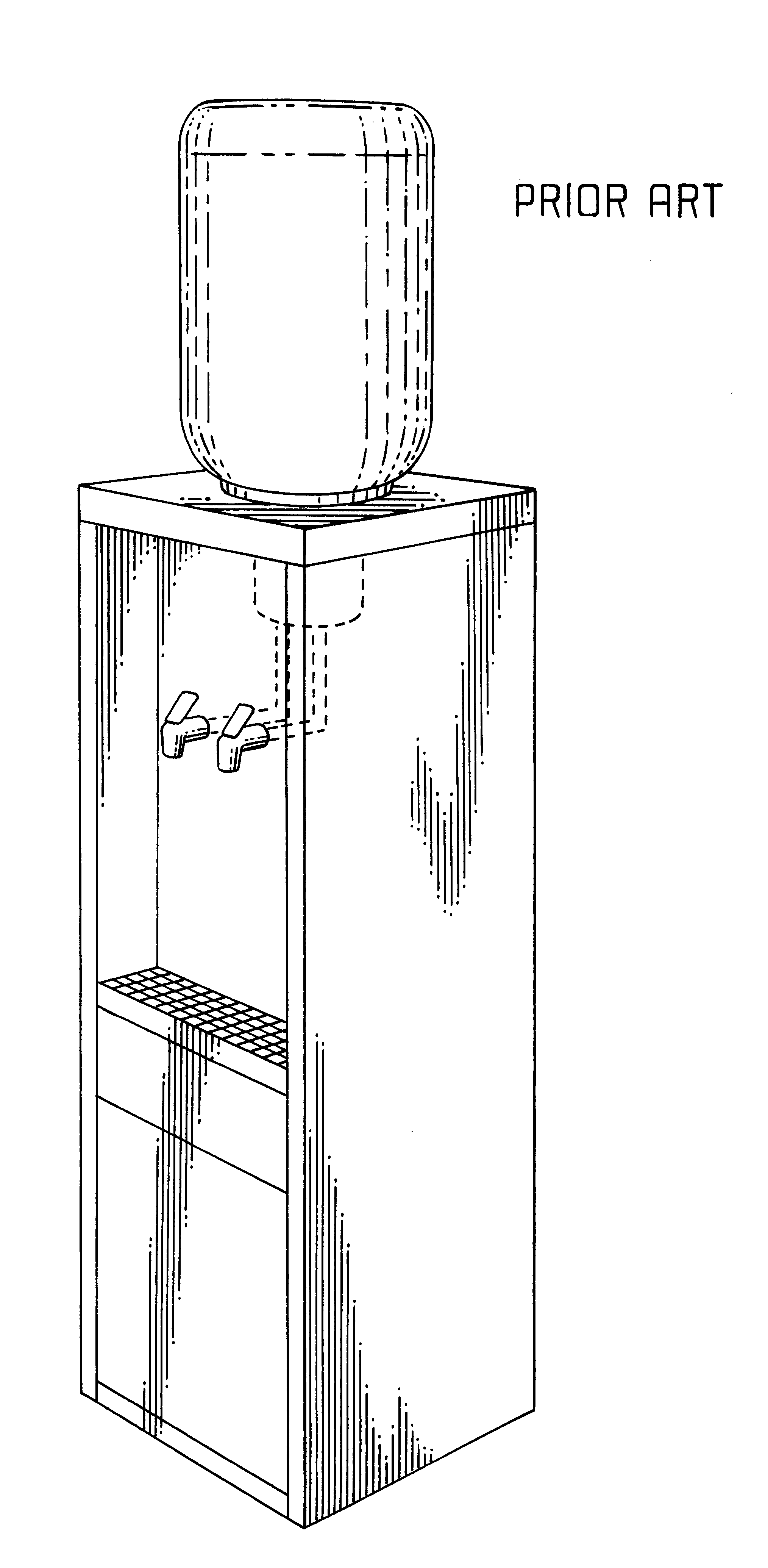Biodegradable compound for cleaning, disinfecting, and descaling water dispensers and method of use thereof
a biodegradable compound and water dispenser technology, applied in the direction of detergent compositions, cleaning processes and apparatuses, soap detergent compositions, etc., can solve the problems of sodium bicarbonate, increase the microbial count in the water conduit, and increase the number of people concerned about the pollution of underground bodies of water, so as to achieve the effect of dissolving deeply incrusted scale, remaining non-toxic and biodegradabl
- Summary
- Abstract
- Description
- Claims
- Application Information
AI Technical Summary
Benefits of technology
Problems solved by technology
Method used
Image
Examples
Embodiment Construction
The liquid cleaning compound according to the present invention is characterized in that it consists of the four following ingredients:
a) an ammonium quaternary, in particular N'alkyl dimethyl Benzyl Ammonium Chloride, and preferably within the range of 0.08 to 0.1% weight;
b) an organic acid (food grade) particularly a selection among citric acid, gluconic acid or hydroxy acetic acid, but most preferably citric acid, preferably within the range of 12 to 20% (most preferably about 20%);
c) propylene glycol (food grade), preferably within the range of 2 to 10% (most preferably about 4%);
d) an alkaline base, preferably sodium hydroxide (food grade), in sufficient quantity to neutralize the solution to a pH range preferably between 2.6 and 4.5.
Unexpected results come from synergy of the four ingredients generating a compound tackiness that stems from the combination of propylene glycol with the citric acid (or to a lesser degree, with the gluconic acid or the hydroxy acetic acid), within...
PUM
 Login to View More
Login to View More Abstract
Description
Claims
Application Information
 Login to View More
Login to View More - R&D
- Intellectual Property
- Life Sciences
- Materials
- Tech Scout
- Unparalleled Data Quality
- Higher Quality Content
- 60% Fewer Hallucinations
Browse by: Latest US Patents, China's latest patents, Technical Efficacy Thesaurus, Application Domain, Technology Topic, Popular Technical Reports.
© 2025 PatSnap. All rights reserved.Legal|Privacy policy|Modern Slavery Act Transparency Statement|Sitemap|About US| Contact US: help@patsnap.com


